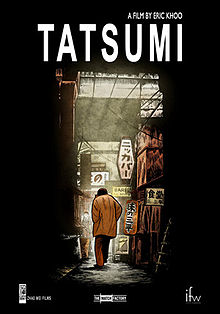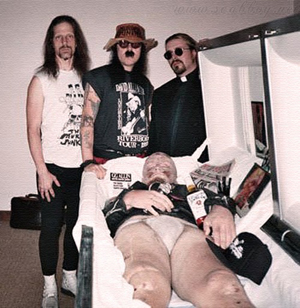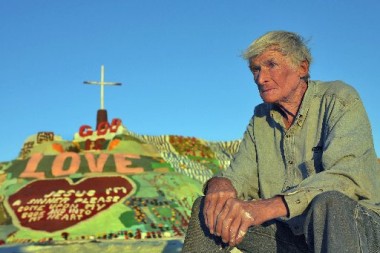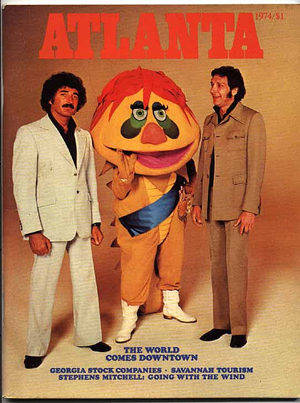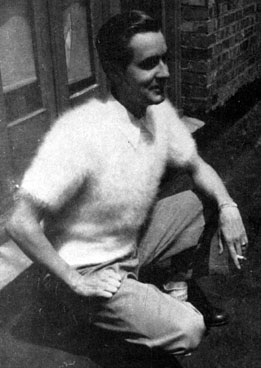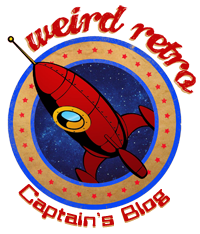| The king of gimmicks, the auteur of schlock horror, William Castle was one of the craziest characters of late 50s and 60s cinema. His ability to churn out bad b-movies and promote them with ballyhoo and bluff, has made him a legend of cult film fans. Made an orphan by the age of eleven, Castle dropped out of school at fifteen and went to work in a theatre. He made a talent for promotion, that gained him a job with Columbia Pictures. There he learnt the art of film-making, and he decided to become a director, making his directorial début in 1943 with the crime thriller The Chance Of A Lifetime for Columbia. He made a number of mystery and crime thrillers for Columbia during the 1940s and early 1950s. Unsatisfied, Castle decided to strike out on his own, and in 1958 released Macabre. |
| Schlock-O-Rama: The Gimmicks Of William Castle - The king of the gimmick, Castle used outrageous ballyhoo and tricks to draw in audiences to see his hokum horror movies. | William Castle, his movies and his carnival side-show gimmicks were very popular among cinema going audiences. At the height of his fame, Castle had a fan-club with some upwards of a quarter of a million members. |
The moment was lost for the king of promotion, and Castle went back to directing and producing b-movie horror and sci-fi. His last role as director being the 1974 movie Shanks, which was the first major movie role for famed French mime artist Marcel Marceau. The last movie that Castle produced before his death in 1977, was Bug in 1975. Even as producer, it was a last return to form for the king of the gimmick, when he advertised that he'd taken out a million dollar life insurance policy on the movie's star "bug", Hercules the cockroach. On May 31st 1977, William Castle succumbed to a heart attack and died, leaving a legacy of irreverent b-movies and a reputation for being one of the greatest movie promoters in b-movie history.


